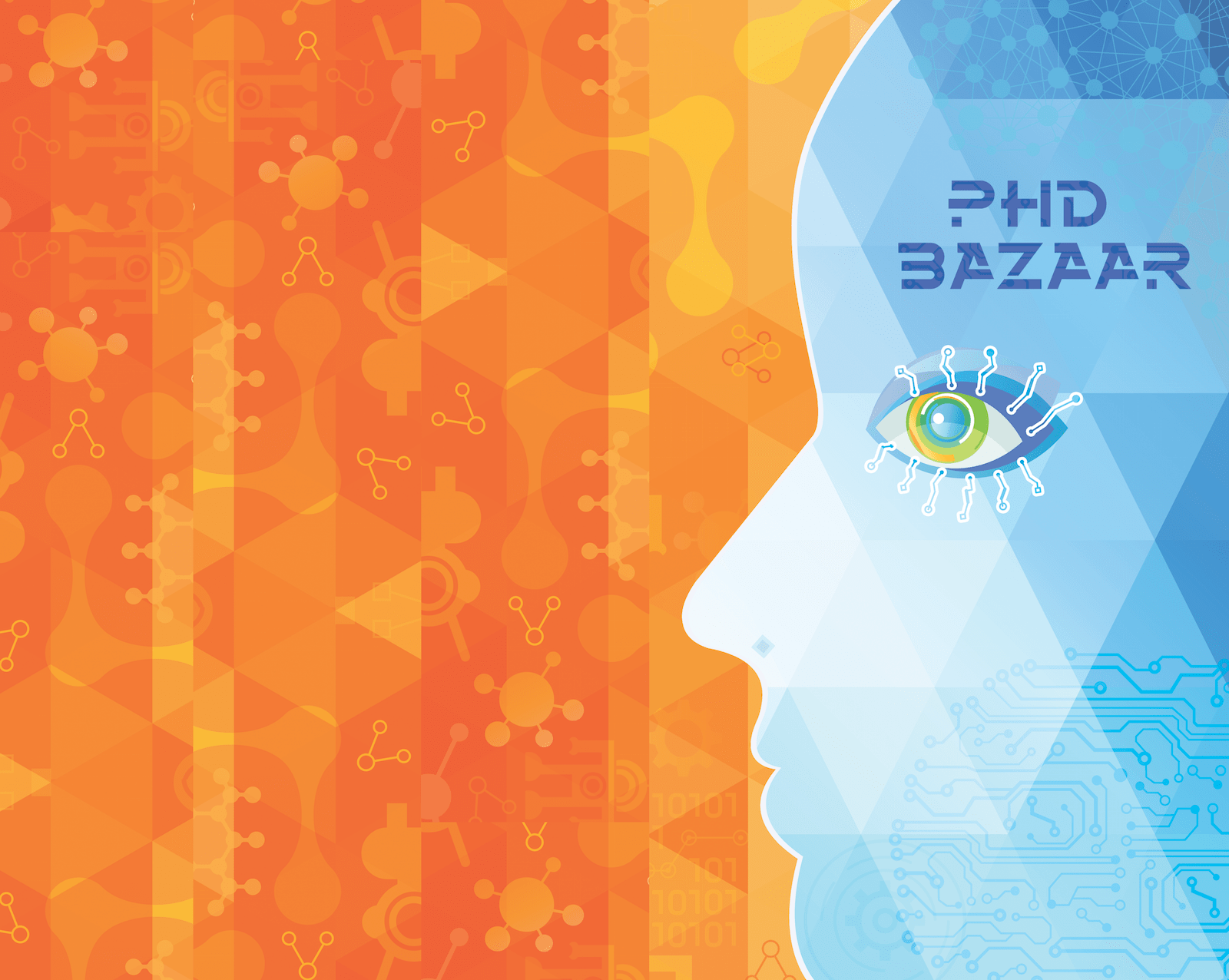
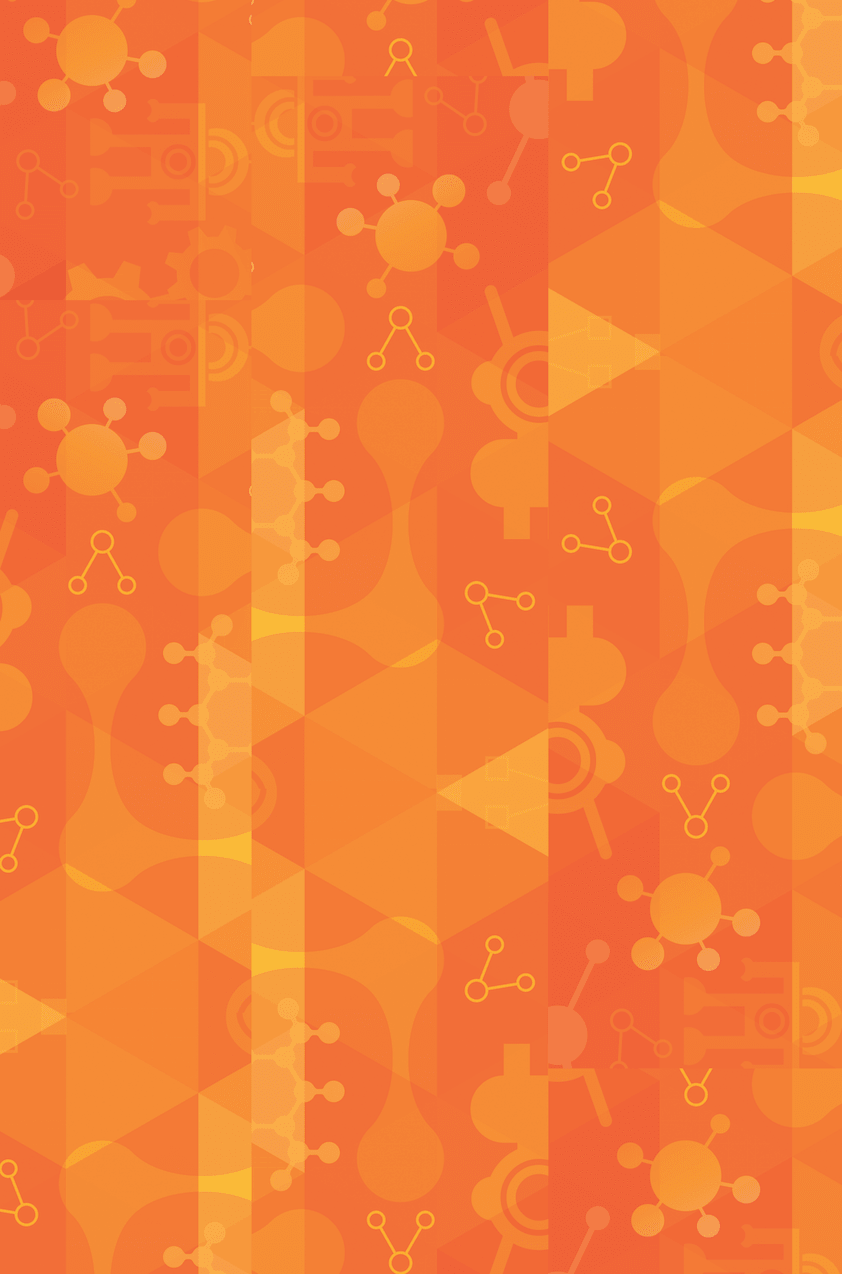

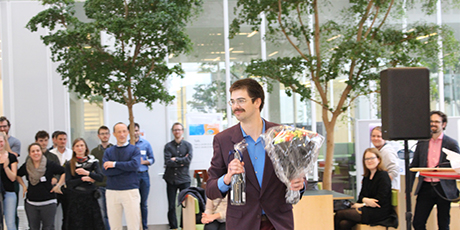
Morten works towards making it easier to do automation in industry, by integrating the camera and the robot into a single system. Comments from the judges: Mortens presentation was both clear, inspiring and understandable with a well-disposed story. Using something as simple as a cup, he conveyed his point very easily and efficiently. And also in a very personal way.
Judges: Søren Mayland (Capnova), Iben Julie Schmidt (Scientifica), Sune Lehmann (DTU Compute)
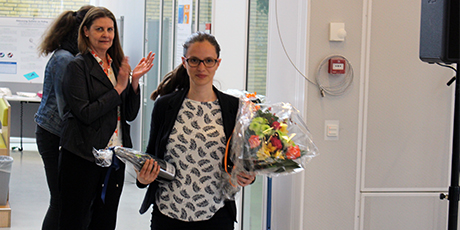
Amanda’s phD project is to develop a new statistical techniques for producing forecasts at multiple locations and lead times using spatio-temporal information and showcase our methods on wind farm data from Denmark.
Comments from the judges:
very good explanation of research context - wind power.
Clear description of the motivation for the research (availability of the Danish wind power data set) as well as the research challenges
Good explanation of the research contributions (models)
High quality graphs and illustration showing "fit to model" and "reliability" - with a good explanation of these
High degree of clarity in communication and a very inspiring talk with a lot of coverage in exactly 10 min.
Judges: Philip Bille and Jakob E. Bardram (DTU Compute)
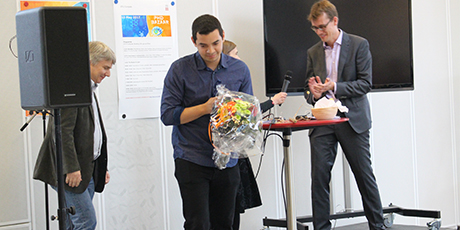
The poster shows behavioral evidence about the importance of the temporal features of the stimulus for audio-visual integration, which are not considered in the current models of audio-visual speech perception.
Commnents from the judges: In a very popular poster category evaluation was made based on the qualities of the displayed poster and the supplementary presentation of the topic by the student. Both the poster and the presentation were evaluated on communication, clarity and inspiration. We started by reducing the choice down to 6 finalists, and the ultimate winner of the best poster award was Juan Camilo Gil Carvajal with the poster on modeling audiovisual speech perception. The winner of the category presented a well-defined problem, and has applied an appropriate methodology in solving it. Both the poster and the presentation were interesting and comprehensible.
Judges: Vedrana Andersen Dahl and Mikkel Schmidt (DTU Compute)
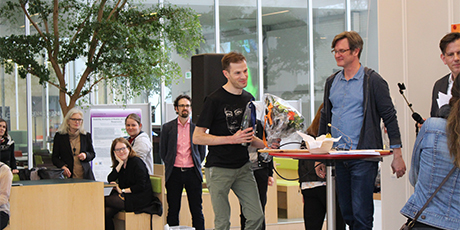
The showcase described a rolling-based method for approximating surfaces using multiple developable ribbons.
Comments from the judges: Matteo’s showcase was accompanied by a poster and a clear and structured presentation of the underlying theory and possible applications. The showcase and presentation made differential geometry and the building of round three-dimensional forms from two-dimensional surfaces accessible and captivating.
Judges: Tobias Andersen and Christian Probst (DTU Compute)
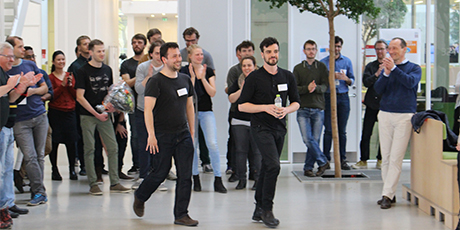
PhD students Andrés Occhipinti Liberman, John Bruntse Larsen and Anders Schlichtkrul casually discuss their PhD projects about AI learning models, hospital simulation, and proof assistants, and how the projects relate to each other.
Judges: Tobias Andersen and Christian Probst (DTU Compute)
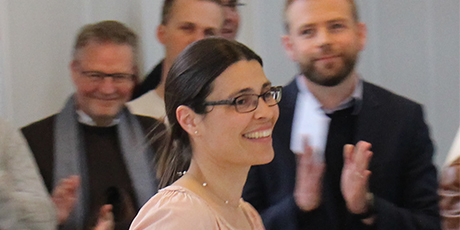
We plan to scan the comprehensive polar bear skull collection at the Natural History Museum of Denmark using an optical surface scanner. This collection will serve as a case study for the PhD project, in which we aim to develop new methods for advanced morphometric and evolutionary shape modeling based on millions of scan points instead of a few manually placed landmarks. Once we have built the shape model, we aim to combine it to genome sequences in order to gain insights into the correlation between shape and DNA. Previous studies showed for example that polar bears from East and West Greenland are genetically very different from each other, and our goal is to include the polar bears’ morphology in the analysis.
Comments from the judges:
Dolores’ video stood out by giving a clear and full picture of a research project bridging engineering and biology. The captivating video presented how mathematical models of polar bear skulls contribute to a better understanding of evolution biology. Through interviews with both biologists and the engineer the video showed how the two fields both benefit from the interdisciplinary collaboration.
Judges: Tobias Andersen and Christian Probst (DTU Compute)
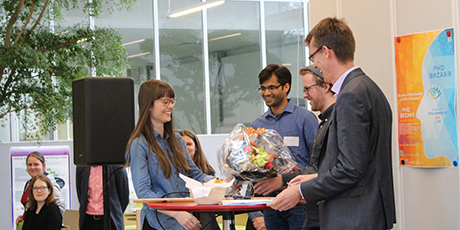
CGM-augmented insulin pens for type 2 diabetes
Tinna’s project is about determining the required dose of insulin for a type 2 diabetes patient is a complex process that can be dangerous if not done properly. This is reflected in high rates of failure to reach recommended goals. She wants to use an increased amount of data from continuous glucose monitors to create individual dose-response models to safely and effectively get patients into good control of the disease
